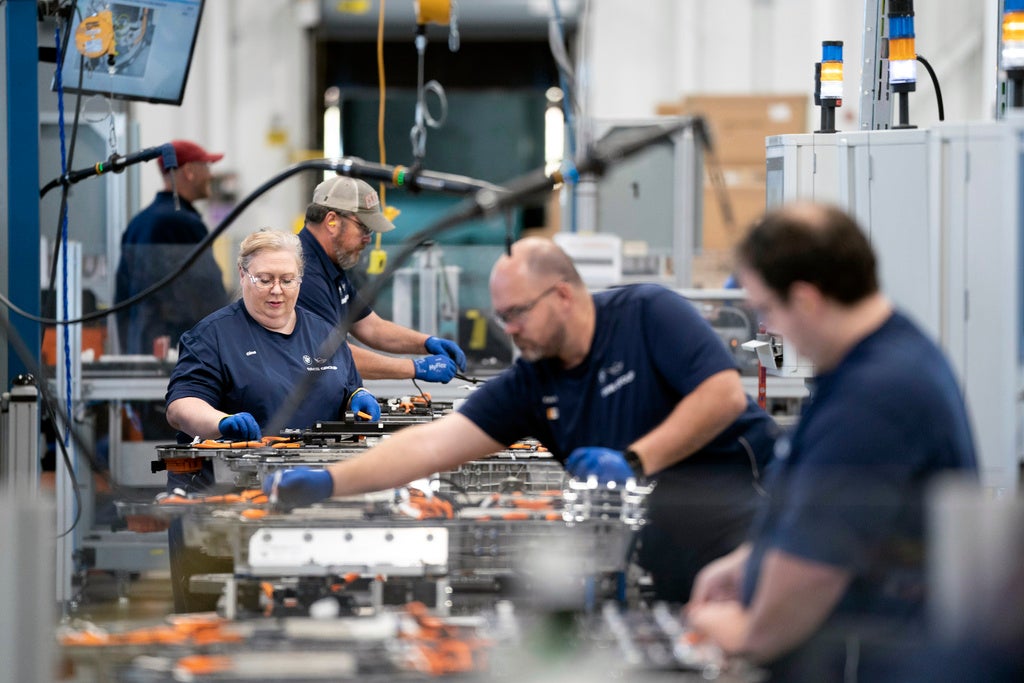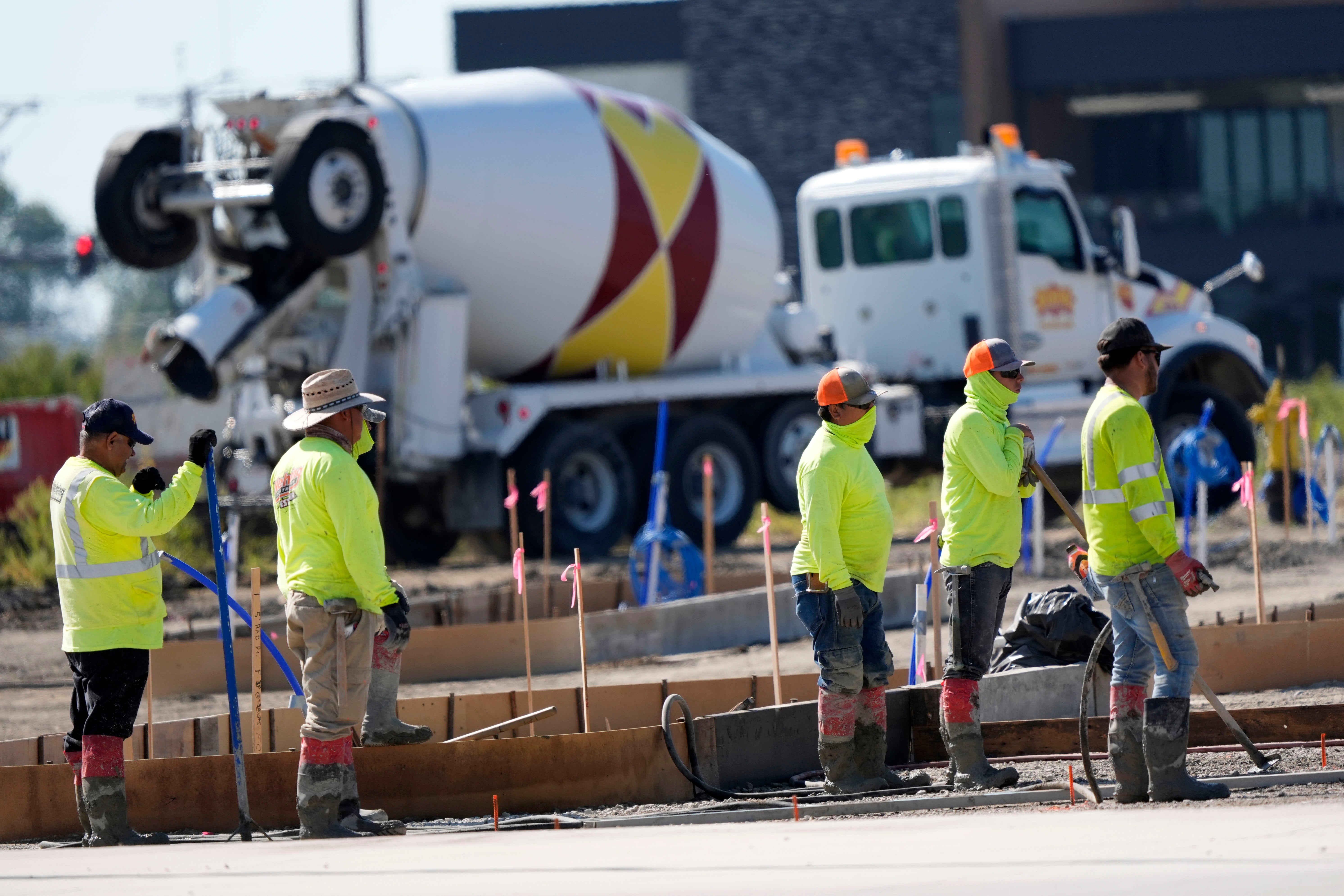November jobs report shows healthy labor market with 227,000 new roles - up dramatically from slow October
Employment took a hit across the country in October as a result of various hurricanes and strikes

Your support helps us to tell the story
From reproductive rights to climate change to Big Tech, The Independent is on the ground when the story is developing. Whether it's investigating the financials of Elon Musk's pro-Trump PAC or producing our latest documentary, 'The A Word', which shines a light on the American women fighting for reproductive rights, we know how important it is to parse out the facts from the messaging.
At such a critical moment in US history, we need reporters on the ground. Your donation allows us to keep sending journalists to speak to both sides of the story.
The Independent is trusted by Americans across the entire political spectrum. And unlike many other quality news outlets, we choose not to lock Americans out of our reporting and analysis with paywalls. We believe quality journalism should be available to everyone, paid for by those who can afford it.
Your support makes all the difference.America's job market rebounded in November, adding 227,000 workers in a solid recovery from the previous month, when the effects of strikes and hurricanes had sharply diminished employers' payrolls.
Last month's hiring growth was up considerably from a meager gain of 36,000 jobs in October. The government also revised up its estimate of job growth in September and October by a combined 56,000.
Friday's report from the Labor Department report also showed that the unemployment rate ticked up from 4.1% in October to a still-low 4.2%. Hourly wages rose 0.4% from October to November and 4% from a year earlier — both solid figures and slightly higher than forecasters had expected.
The November employment report provided the latest evidence that the U.S. job market remains durable even though it has lost significant momentum from the 2021-2023 hiring boom, when the economy was rebounding from the pandemic recession. The job market's gradual slowdown is, in part, a result of the high interest rates the Federal Reserve engineered in its drive to tame inflation.
The Fed jacked up interest rates 11 times in 2022 and 2023. Defying predictions, the economy kept growing despite much higher borrowing rates for consumers and businesses. But since early this year, the job market has been slowing.

Thomas Simons, U.S. economist at Jefferies, wrote in a commentary that the recovery from October's strikes and hurricanes likely boosted last month's payrolls by 60,000, suggesting that the job market is strong enough to absorb most jobseekers but not enough to raise worries about inflation.
Across industries last month, manufacturing companies added 22,000 jobs, reflecting the end of strikes at Boeing and elsewhere. Healthcare companies added 54,000 jobs, government agencies 33,000 and bars and restaurants 29,000. But retailers shed 28,000 jobs in November.
Americans as a whole have been enjoying unusual job security. This week, the government reported that layoffs fell to just 1.6 million in October, below the lowest levels in the two decades that preceded the pandemic. At the same time, the number of job openings rebounded from a 3 1/2 year low, a sign that businesses are still seeking workers even though hiring has cooled.
The overall economy has remained resilient. The much higher borrowing costs for consumers and businesses that resulted from the Fed's rate hikes had been expected to tip the economy into a recession. Instead, the economy kept growing as households continued to spend and employers continued to hire.
The economy grew at a 2.8% annual pace from July through September on healthy spending by consumers. Annual economic growth has topped a decent 2% in eight of the past nine quarters. And inflation has dropped from a 9.1% peak in June 2022 to 2.6% last month. Even so, Americans were deeply frustrated by still-high prices under the Biden-Harris administration, and partly for that reason chose last month to return Donald Trump to the White House.
While comparatively few Americans are losing jobs, those who do are finding it harder to land a new one: The average unemployed American last month had been out of work for 23.7 weeks, the longest such stretch in 2 1/2 years.
The progress against inflation and the slowdown in hiring, which eases pressure on companies to raise wages and prices, led the Fed to cut its key rate in September and again last month. Another rate cut is expected to be announced when the Fed meets Dec. 17-18.
Join our commenting forum
Join thought-provoking conversations, follow other Independent readers and see their replies
Comments